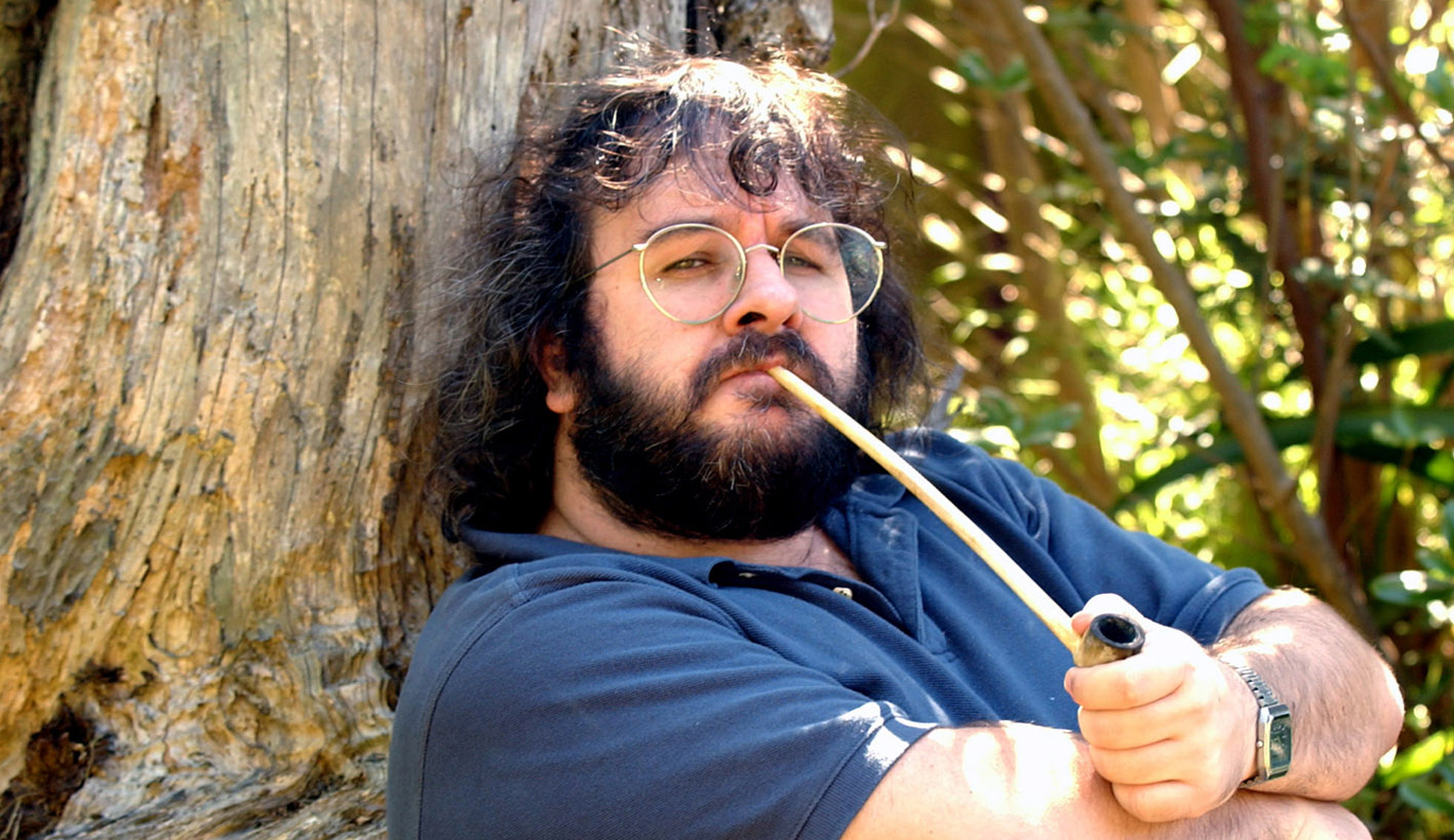
The Many Revisions of the Peter Jackson Films
A few days ago, I was reading an article online detailing some of the greatest “what-ifs” in Hollywood history. Movies like James Cameron’s “Spider-man,” Kevin Smith’s “Superman,” and even Guillermo del Toro’s version of “The Hobbit” were all mentioned. The article detailed how many of these “what-ifs” saw multiple revisions in their troubled productions. It left me thinking: What would’ve happened had any of Peter Jackson’s early revisions of the Lord of the Rings made it to the big screen? What would they have looked like? Would they have been good, great, or absolutely terrible? Was he right in cutting what he did from the previous drafts of the script, or should he have left a few things in? I believe each one of these questions has an answer, and I want to see if we can find those answers today. So, let’s get started.
The Early Days at Miramax
Over the years, the Tolkien fandom has discussed and argued over the many failed adaptations of Tolkien’s novels and how they would’ve been received had they been made. The first one of these that comes to mind is John Boorman’s insane and nightmarish attempt on the “Lord of the Rings” that thankfully never got past the writing stages. Then the aforementioned Guillermo del Toro’s “The Hobbit” comes into frame, with most of the discussions revolving around how it would’ve been great and an instant classic had it not taken so long to be green-lit and lose del Toro in the process. The one “failed” adaptation that seemingly never gets brought up though is Miramax’s “The Lord of Rings,” or as I like to call it: “The troll Harvey Weinstein’s attempt at ruining Peter Jackson’s vision for the Lord of the Rings on the big screen.” Yeah, I know, long title, but you get the idea.
Anyway, the story behind this attempt at making the Lord of the Rings is a short one, but it’s one that needs to be brought up, mainly for all the incredibly asinine decisions and changes it would’ve included had it been made, but also for the potentially bizarre script that was being written at the time. The first of these asinine decisions comes straight from Weinstein himself, who told Peter that a trilogy was off the table because of budgetary concerns. To Pete, this wasn’t a deal-breaker. He thought that he could tell the story he wanted to tell through a proper duology. The only problem was he had to convince the Weinsteins to let him make two movies with a budget that would satisfy his needs.

Peter and Fran started work on a draft of what a Lord of the Rings duology would look like in hopes of getting it green-lit by the Weinsteins and Miramax, and boy, was it something. The details are scarce, but the little bit of information we do have is quite interesting. Similar to Bakshi’s The Lord of the Rings, Jackson’s first installment would’ve covered both the Fellowship of the Ring and the Two Towers. In this iteration, we would’ve seen such inclusions as Sam looking into the Mirror of Galadriel with Frodo as he does in the book, Bilbo attending the Council of Elrond along with Gollum attacking Frodo while he was still part of the Fellowship, and Gandalf flying to Edoras after escaping Saruman’s imprisonment on top of Orthanc. Characters such as Glorfindel and Radagast were also included, with a role expansion for Farmer Maggot. The movie would’ve ended with the redemption and death of Saruman and Pippin and Gandalf riding towards Minas Tirith before the credits role.
This draft of the script was pitched to Harvey and Bob, and while it wasn’t a super easy sell, the Weinsteins did buy in and let Peter make the duology. The budget, however, was not disclosed to Peter, as the nasty trolls at Miramax wanted to keep that part of the deal in the dark for as long as possible. Though, in the moment, it did not matter to Peter, as he was happy to start pre-production on the films and get the ball rolling. And while in hindsight, the mere thought of condensing the three books into only two films opens up a can of worms the size of Gimli’s helm, Peter believed he could do the novels justice. So, he got to work.
The End of the Miramax Saga
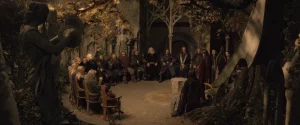
Months go by, and pre-production on the two installments (the first one appropriately named: “The Lord of the Rings” and the second not-so appropriately named: “The War of the Ring”) starts to take shape. Peter, Fran, and screenwriter Stephen Sinclair begin writing out their visions of what Middle-earth could look like on screen. When all was said and done, the length of the script for the first film was 147 pages, and the second was 144. In the treatment, Lothlorien was cut entirely, and Galadriel’s role was reduced to appearing as a glorified cameo in Rivendell. The character of Denethor would’ve also showed up in Rivendell. He was written to follow Boromir to the Council of Elrond during the first film, but that was ultimately scrapped and changed to be more lore-accurate.
During this time, both Weta Workshop and Weta Digital started work on the project, with casting not too far behind. Things were going well. Almost too well. And with guys like Harvey and Bob Weinstein executive producing the movies, there was bound to be a bump in the road at some point.
This was that point.
Harvey called up Peter and told him the project was getting way too expensive and that the once-planned duology would now be trimmed down to one singular movie. Clearly, this wasn’t going to work. Pete asked if he could get a 4-hour runtime for the single film, but Weinstein denied his request. This, along with the reveal of how small the budget was going to be ($75 million) for the duology (now a singular film), made Peter and the gang take action and do something in order to get out from under Miramax and Harvey’s fist.
So, they did what any reasonable person would do in their situation and leaked the scripts. Before too long, execs from New Line Cinema were calling, and well, the rest is history. Peter got out from under Miramax’s control and was given the freedom he wanted with both the amount of movies he desired to make and the budget he so desperately needed.
New Life at New Line
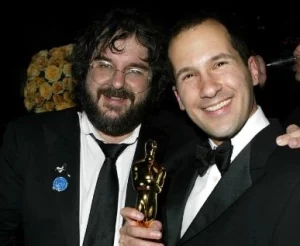
Everything was coming up for Peter. And while we know how this story ends, questions remain, like how convincing those early drafts were in securing such a big deal from New Line and how different they were from the final product. While details of those specific scripts remain sparse, early, similar drafts of the movies do not.
Ever since the release of the films 20 years ago, more information about the writing process, draft editing and restructuring, and most importantly, cut and lost scripts have found their way onto the internet. Included in this information are details about certain scenes, characters, and scenarios that didn’t make it into the final cut but were at some point planned to be in the trilogy and were highly considered until the final draft was set in stone.
Included in some of the cut drafts was the man, the myth, the legend himself: Mr. The Tom Bombadil. Yes, indeed, it was planned early on that Tom B was going to make an appearance in the trilogy, either as a standard supporting character or a glorified cameo for the fans of the books to enjoy. Later iterations had the camera following the four hobbits through the Old Forest and seeing Tom’s hat come into focus before cutting away. Philippa Boyens revealed this information during the panel at San Diego Comic-Con back in 2014 for The Hobbit: The Battle of the Five Armies. As we all know, none of this ever happened, and Tom’s absence from any piece of live-action LOTR media persists to this day. Though that might change soon.
A Tale of Cut Twins, a Missing Balrog-Slayer, and Fran Walsh’s Uncle
Tom Bombadil wasn’t the only classic Tolkien character left out of the movies. Another character that was scrapped after being in an iteration of the script was the fifth hobbit, Fatty Bolger. The funny story with Fatty is that he technically does appear in the movies, just not in the way that you probably expect.

Remember this guy? One of the extras from Bilbo’s party? Of course not. We barely see him. Nevertheless, this is indeed Fredegar “Fatty” Bolger, played by Fran Walsh’s Uncle Tom. It’s pretty much just another instance of what happened to Cirdan in the films, where a role is simplified into being nothing more than a prominent extra just for the sake of technically having them in the trilogy. Still, he is present in the movies, though his role in the story is completely removed.
Elrond’s twin sons: Elladan and Elrohir, were also featured in a treatment of the story, along with the rest of the Grey Company. Like in the final cut, the Three Hunters: Aragorn, Legolas, and Gimli, were all supposed to take the Paths of the Dead and convince the Undead Men of Dunharrow to aid them in the War of the Ring. Except in this revision, the Grey Company consisting of both Elladan and Elrohir were going to accompany them just like they did in the book. Though we do not know for certain, an extended section of the Battle of Pelargir could’ve also been written, as it would’ve been odd to introduce the Grey Company and not film a few scenes of the main battle they took part in.
Imrahil was also planned in a few of the revisions, as well as Forlong the Fat. While we don’t exactly how they were going to be used, we can only assume their roles would’ve been limited. Forlong would’ve probably shown up with his small army of men at the encampments near the Paths of the Dead when Theoden is gathering troops to go to war. Imrahil on the other hand, would’ve seemingly had a much bigger part to play in the story, possibly acting as an Eomer-esque side character for the Minas Tirith subplot. It would’ve been interesting to see how these particular characters would fit in an already large ensemble. Maybe one day we’ll see them fully realized on the big screen.
One of the very few complaints that fans of the films have against Peter Jackson’s trilogy is the absence of Glorfindel. Now while it is understandable that the character was cut, having the knowledge that he was once planned for the trilogy stings all the more. His place in the overall story is a small one but he’s a character that still somehow attracted the attention of the reader. Almost like a cult-like following. He reminds me of Boba Fett from the Star Wars films. He’s mysterious and you want to learn more about him. When reading the Fellowship of the Ring, the reader can get this idea that Glorfindel is this really interesting, really fascinating enigma that is here one minute and gone the next, and I think that adds something to the mystery. His removal from the films only builds upon that. He and along with Tom Bombadil have both been shafted and replaced by different characters in multiple adaptations, yet their legacies live on. It goes to show just how timeless these two characters truly are.
Outside Deterrents
While we have an inkling that certain studio suggestions never made it into the scripts (e.g., the Weinsteins wanting three Hobbits to die over the course of the movies, Eowyn becoming Boromir’s sister, cutting both Bree and the Battle of Helm’s Deep, and taking Saruman out of the story completely), specific instances where outside sources deterred Peter from cutting certain parts from the series most certainly can be.
Enter Arwen Undomiel.

Arwen plays a specific yet limited role in the final cut of the films. That wasn’t always going to be the case, though. From the very outset, Peter and the gang wanted to expand Arwen’s character beyond what we just read about in the books. They wanted to make her her own character with her own ambitions and her own meaning. They didn’t want her to just be Aragorn’s love interest, but someone we can root for without Aragorn being in the picture.
The problem was how they were going to accomplish this.
They didn’t want to make her feel completely detached from the character she is in the books, but they also had a goal in mind for her. With each revision, her story changed. At first, she was meant to rescue Frodo at the Ford as she does in the final treatment, but this time she would stay with the Fellowship and ultimately take Eowyn’s place in destroying the Witch-king.
Another treatment saw Arwen meet up with the Fellowship at Helm’s Deep and join them until the end, fighting side by side with Eowyn against the Witch-king, where she would be wounded only to be healed by Aragorn in the House of Healing. This treatment made it all the way to filming, or at least some of it did. The part where Arwen joins the Fellowship in Helm’s Deep was in fact filmed (her white horse and pinkish-red gown can be spotted in some shots of the final cut) but was scrapped due to conflicting reports. Some reports indicate that it’s because Liv Tyler’s fight scenes weren’t believable enough to make it into the movie, while others say it was because of the fan backlash that sparked online due to leaks that revealed Arwen’s presence at the Battle. Some believe that the leaks were coordinated and done on purpose to see the reception from fans. This goes back to how outside sources might have had a hand in some of the decisions that were made in terms of what was cut and what was kept. I don’t think we’ll ever know what truly kept Arwen from appearing in the Battle, but I think we can all come to the conclusion that it was probably for the best.
Some Questionable Scenes That Were Rightfully Cut
A now infamous scene that involved Arwen but never got past the pre-production stages was the Aragorn and Arwen nude scene in The Two Towers. For those who are unaware, in one revision of the story, Peter wrote a sex scene involving Arwen and Aragorn in the pools of the Glittering Caves where they were to be interrupted by Gimli and Legolas who were sight-seeing at the time. I think it’s safe to say that we dodged a bullet with that one.
As you can probably tell, the first few scripts that Peter and the gang wrote were a bit raunchier than one would expect from a movie based on the Lord of the Rings. Except, it wasn’t just a sex scene that Peter wanted to add, but quite a bit of cursing as well. Particularly coming from one main individual: Gimli. Yes, in the early drafts, Gimli, son of Gloin was supposed to cuss… a lot. And it wasn’t going to be similar to the dialogue from Dain in the Battle of the Five Armies either, but instead, Gimli was supposed to have a full-blown sailor mouth and a much edgier persona, while also still having his comical relief intact. While we can definitely get an idea of what a crude Gimli could look like, I’m glad the idea never got any further than the writing stages.
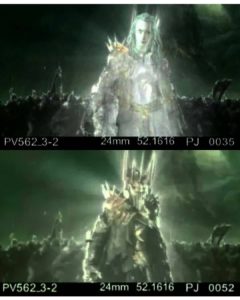
A scene that was written multiple times and even made it all the way to filming was the Aragorn vs. Sauron fight scene in the Return of the King. For those who’ve watched the films’ appendices, the mention of this cut sequence comes as no shock as it is one of the more notorious cut scenes in all three movies. But for those who are unaware, at the end of the movie, when the armies of good and evil are waging war at the Black Gate, a familiar Dark Lord appears in physical form and battles Aragorn in hand-to-hand combat. The scene begins with Sauron appearing out of thin air in front of Mordor’s army. At first, we see Sauron’s true form, his angelic form, but that quickly fades into the Sauron we see at the beginning of Fellowship of the Ring. Characters such as Aragorn, Gandalf, and Legolas react to this and we still see their reactions in the final cut of the film, except they were edited to appear as though they were gazing upon the Eye of Sauron. The fight between Sauron and Aragorn is also still in the movie, except Sauron was digitally replaced by a giant, intimidating troll that almost kills Aragorn but runs away as Mt. Doom erupts. According to Jackson, the decision to cut this sequence with Sauron was a simple one: It would’ve distracted too much from Frodo and the Ring.
I can agree with his decision.
So what do you say? Was there something in previous revisions that you felt should have remained or was the final cut of the trilogy the best iteration we could’ve gotten? Let us know what you think!
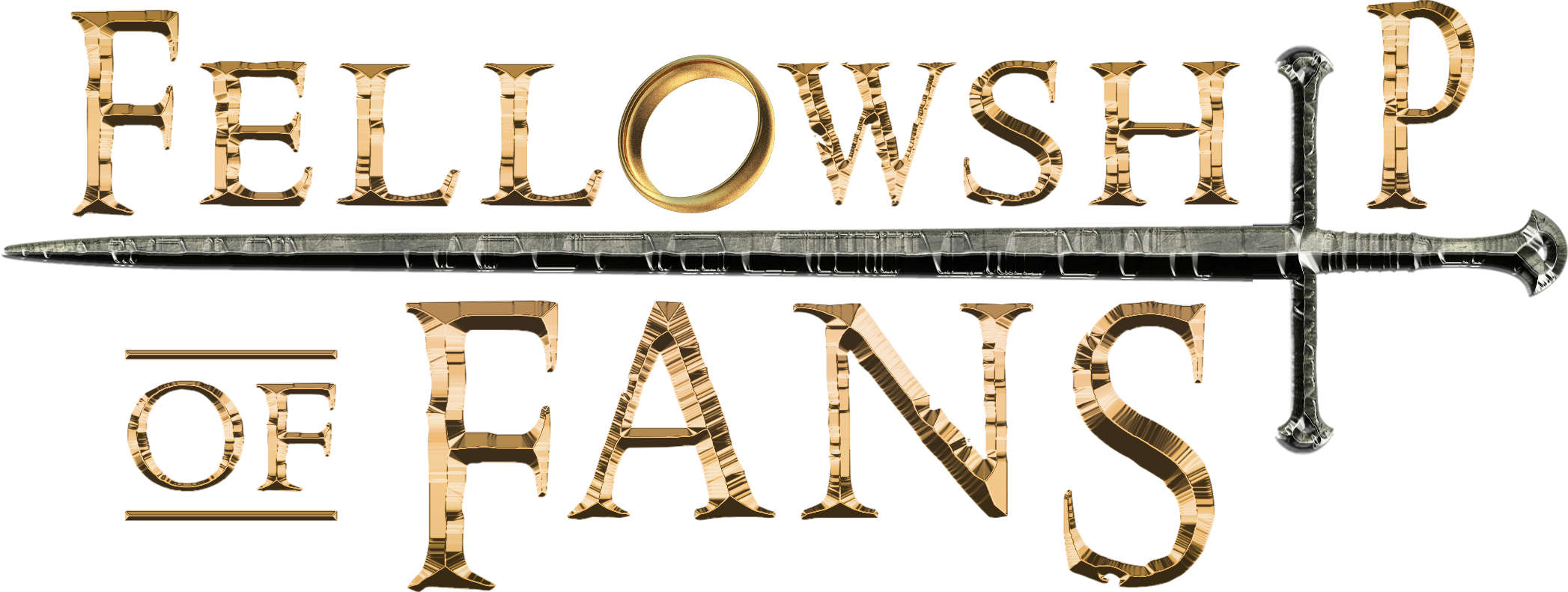
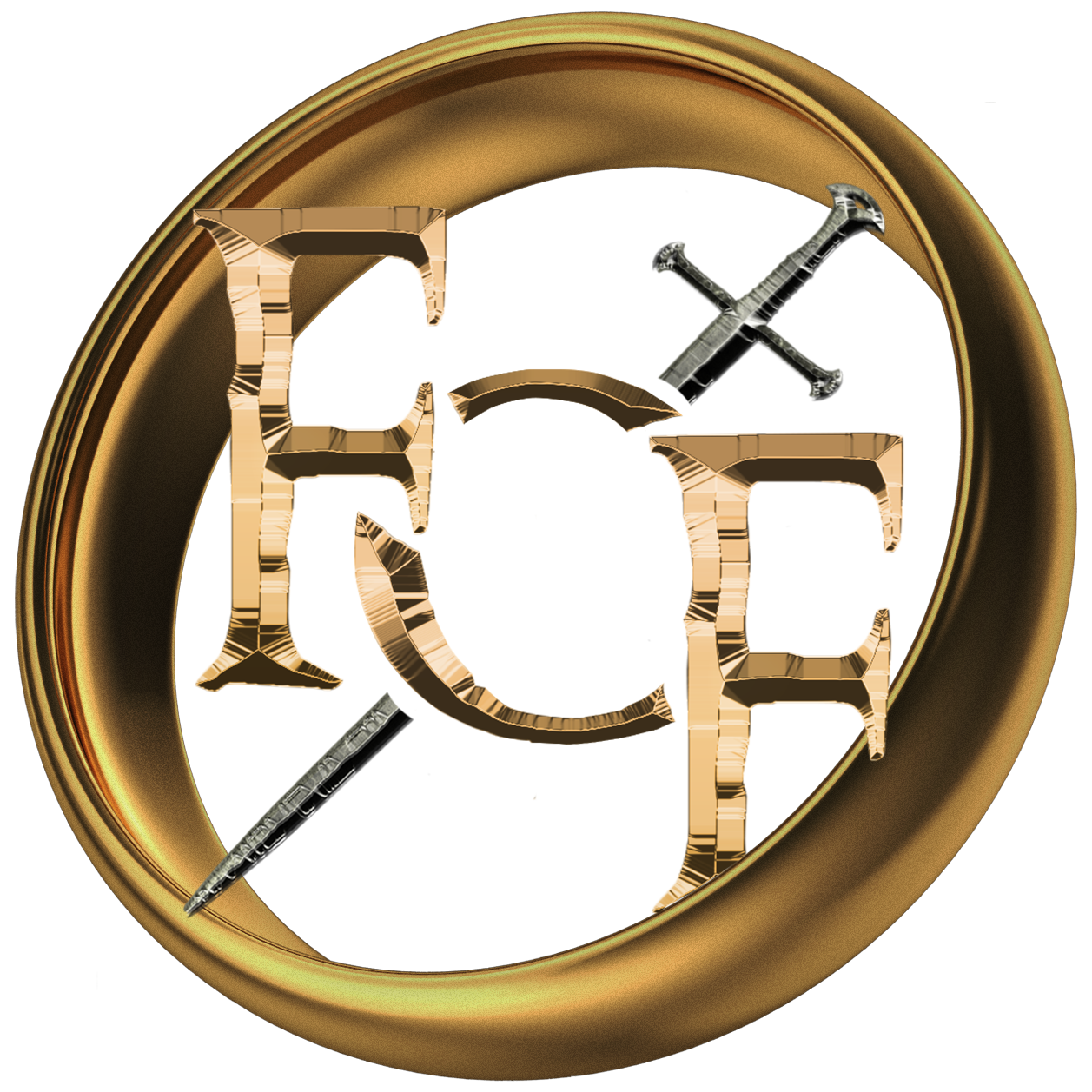

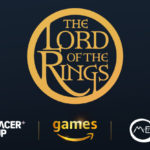
No Comments